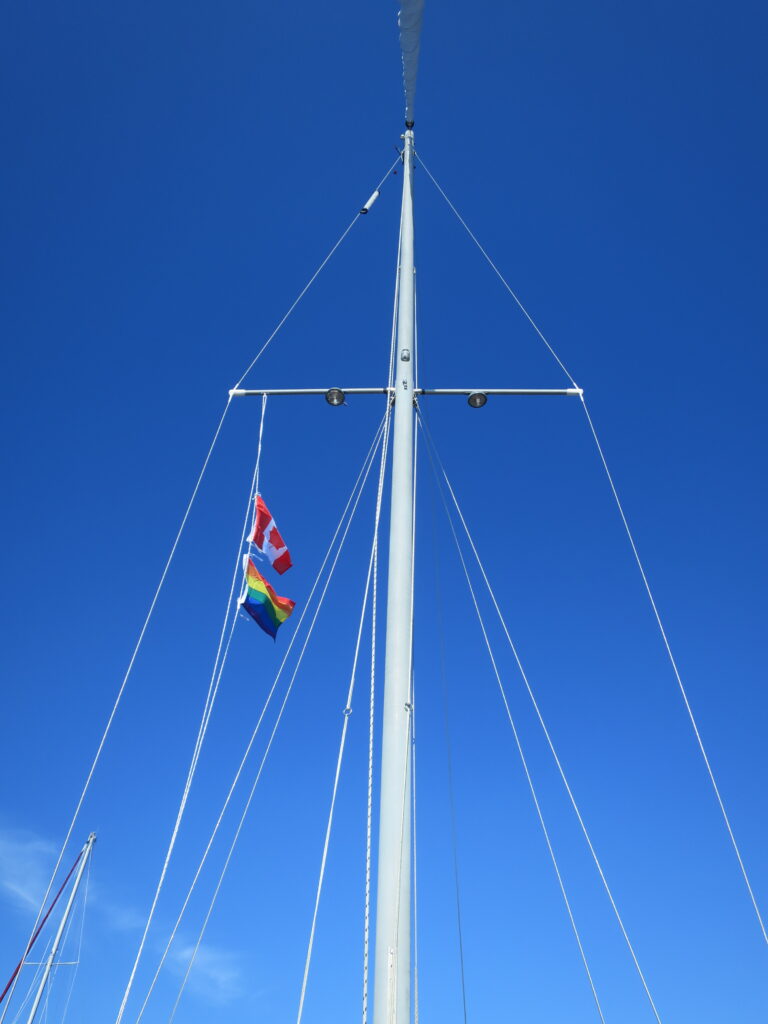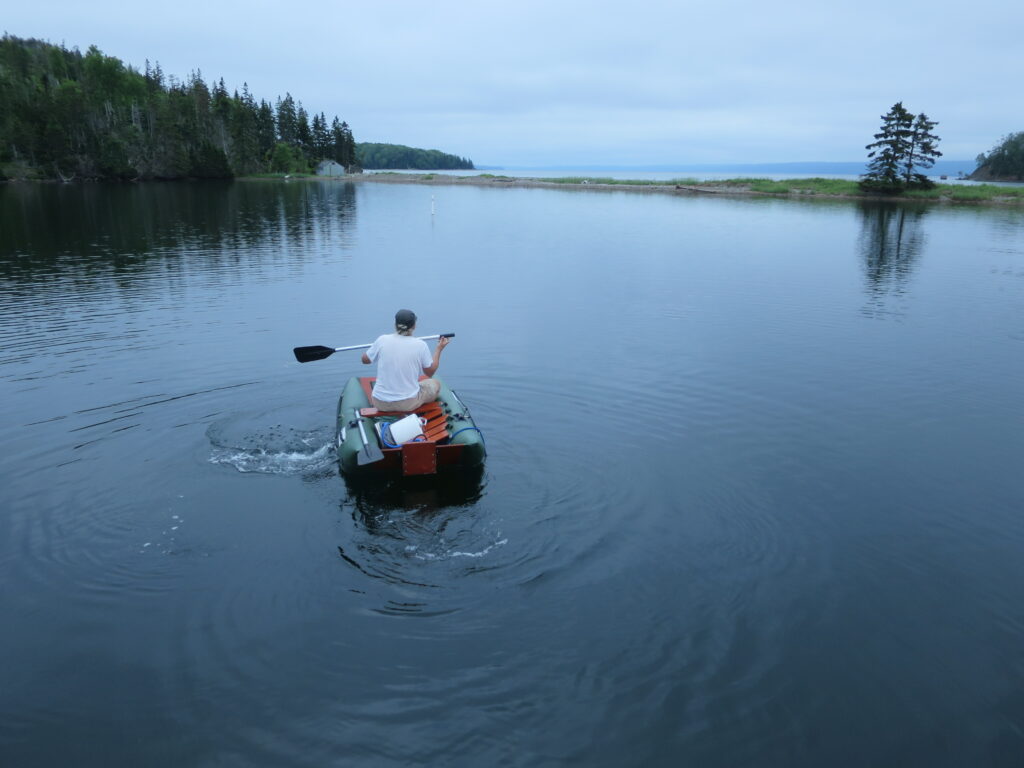Sailing to Decousse
Discovering Maritime Magic: D’Escousse, Nova Scotia, and the Culinary Gem – Groundswell”
Nestled along the rugged coastline of Nova Scotia, the picturesque village of D’Escousse invites travelers to experience the essence of maritime charm. With its rich history, friendly community, and stunning landscapes, this hidden gem on Isle Madame is a haven for those seeking an authentic maritime experience. Adding to the village’s allure is the culinary gem, Groundswell, a restaurant that not only complements the maritime beauty but also elevates the dining experience in D’Escousse.
D’Escousse: A Maritime Tapestry
D’Escousse, with its French Acadian heritage, is a village that time seems to have cradled gently. The colorful houses, reflecting the area’s history, stand as a testament to the resilient spirit of the locals. Surrounded by the Atlantic Ocean, the village offers breathtaking views of the water, and its maritime identity is woven into every aspect of life.
As you explore D’Escousse, you’ll encounter the warmth of the community, where locals engage in time-honored maritime traditions. Whether it’s fishing, boatbuilding, or sharing stories of the sea, the village exudes a sense of pride in its maritime heritage. A stroll through D’Escousse feels like stepping into a living maritime museum, where every corner holds a piece of history.
Groundswell: A Culinary Odyssey
Amidst the quaint charm of D’Escousse, Groundswell stands out as a culinary haven that seamlessly merges the maritime spirit with exceptional dining. Located in the heart of the village, this restaurant has become a destination for those seeking an immersive gastronomic experience.
Culinary Delights at Groundswell: An Oceanic Symphony
Groundswell takes pride in showcasing the best of local and seasonal ingredients, particularly the bounty of the Atlantic Ocean. The menu is a symphony of flavors, with a focus on fresh seafood that pays homage to Nova Scotia’s coastal abundance.
Begin your culinary journey at Groundswell with the Pan-Seared Digby Scallops, a dish that exemplifies the restaurant’s commitment to quality. The succulent scallops, sourced locally, are expertly seared to perfection, creating a harmonious blend of textures and flavors.
For those with an adventurous palate, the Lobster Poutine is a must-try. This creative twist on a classic Canadian dish features crispy fries topped with generous portions of Nova Scotia lobster, cheese curds, and a savory lobster bisque. It’s a decadent indulgence that captures the essence of seaside living.
Ambiance and Atmosphere: Coastal Elegance
The dining experience at Groundswell goes beyond the plate; it’s an immersion into coastal elegance. The restaurant’s interior is a blend of rustic charm and modern sophistication, creating an ambiance that complements the village’s maritime character.
Large windows offer panoramic views of the harbor, allowing diners to enjoy their meal while basking in the mesmerizing scenery. Whether you choose a seat by the window or opt for the cozy fireplace area, Groundswell ensures a dining atmosphere that reflects the beauty of D’Escousse.
Community Connection: Supporting Local Artisans
One of Groundswell’s standout features is its commitment to supporting local artisans and producers. The restaurant proudly features artwork from Nova Scotia artists, adding a touch of maritime creativity to the dining space. The connection with the local community extends beyond the culinary realm, creating a holistic experience that resonates with the essence of D’Escousse.
Conclusion: Groundswell – Where Culinary Excellence Meets Maritime Magic
D’Escousse, Nova Scotia, with its maritime charm, sets the stage for an enchanting getaway. Amidst the village’s timeless allure, Groundswell emerges as a culinary gem that amplifies the maritime experience. The restaurant’s commitment to fresh, local ingredients, combined with an inviting atmosphere, creates a dining experience that mirrors the beauty of D’Escousse itself. For those seeking a taste of Nova Scotia’s coastal bounty and a slice of maritime life, Groundswell in D’Escousse is a must-visit destination, where every meal is a celebration of the sea.













